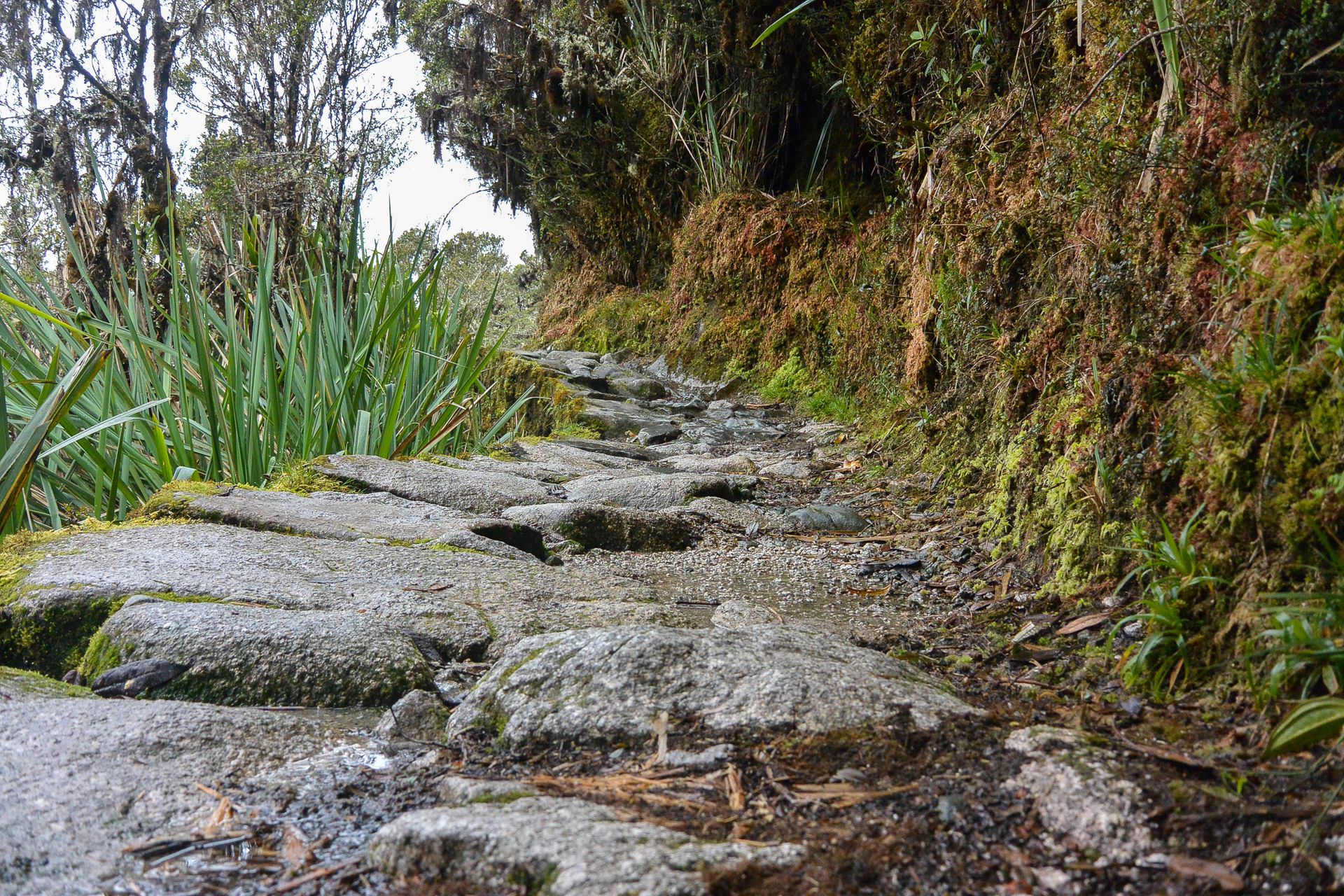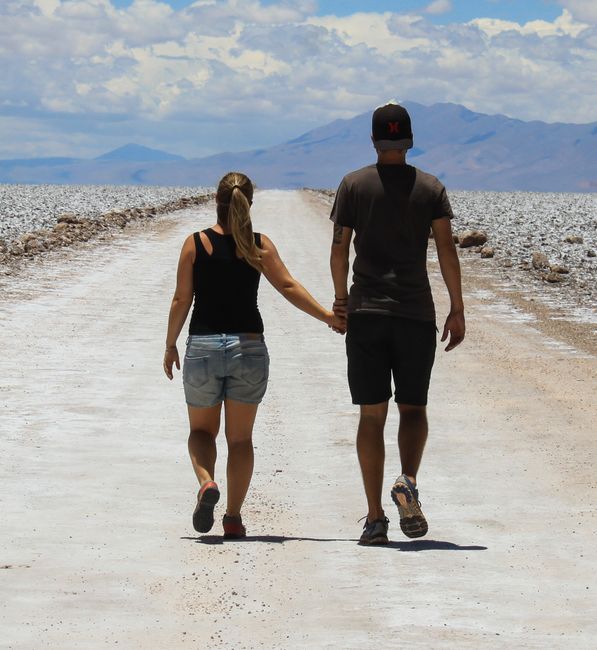Culture and Adventure in La Paz
ที่ตีพิมพ์: 12.03.2019
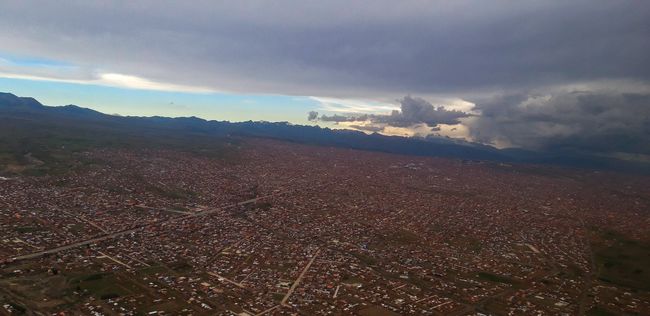
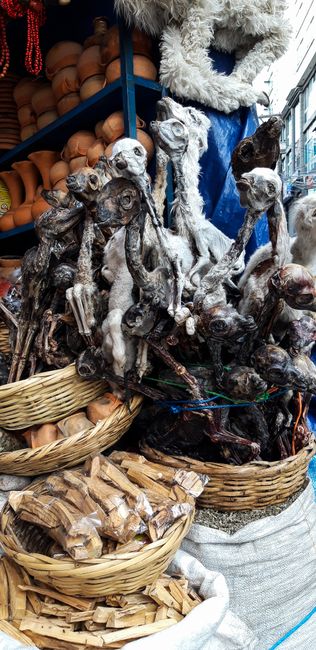
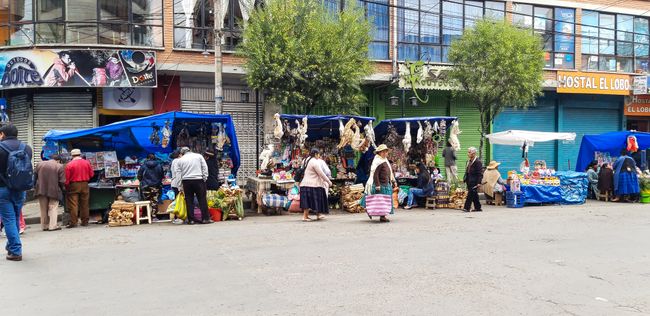
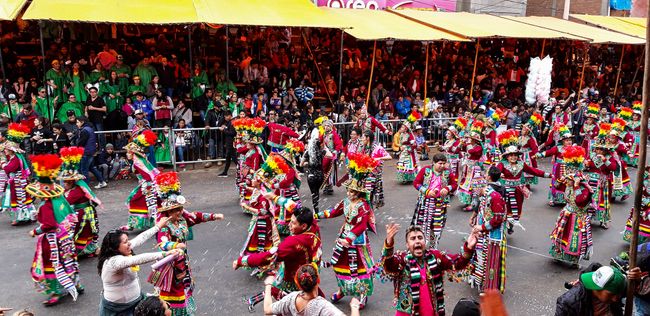
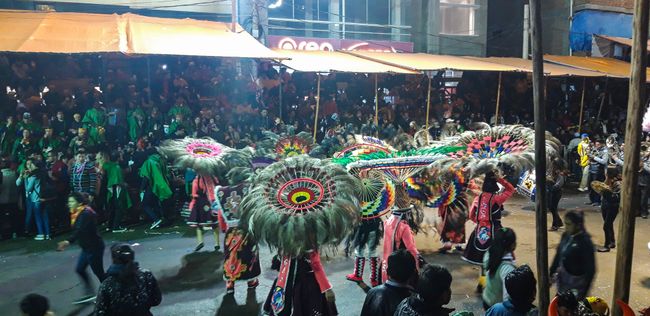
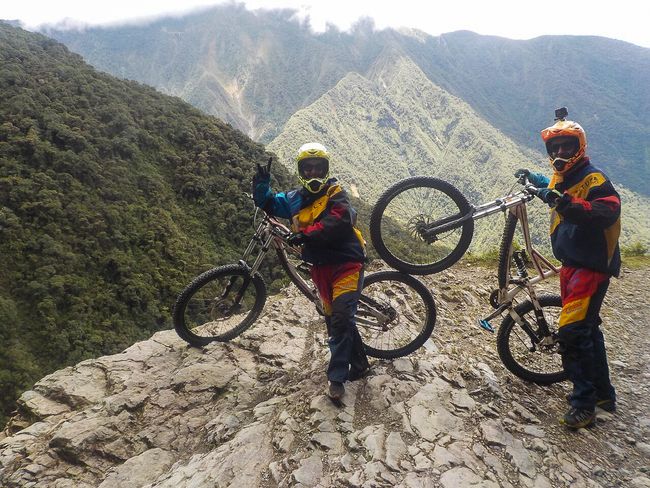
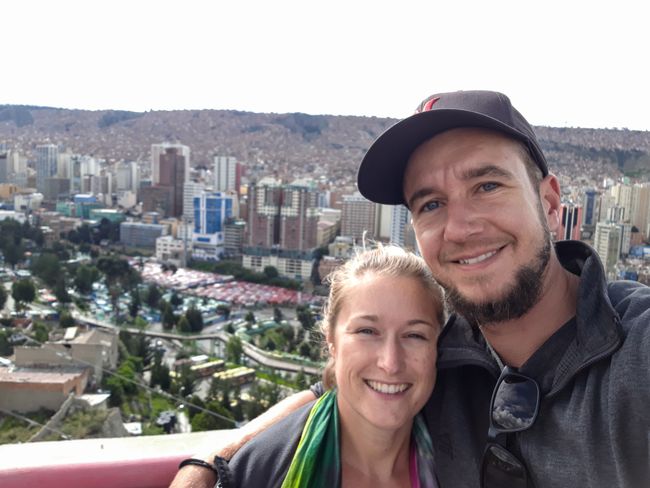
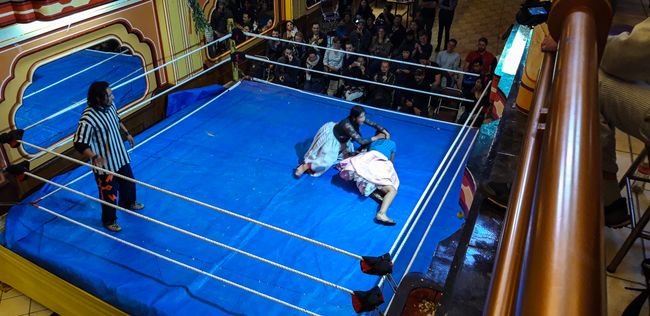
สมัครรับจดหมายข่าว
It may not be the capital of Bolivia - we visited that with Sucre a few days ago - but it is certainly the largest and wildest city in the country. La Paz is home to nearly 1.5 million people at an altitude of over 3,500 meters. In the autonomous second city of El Alto, which is hardly distinguishable from La Paz, there are nearly 800,000 inhabitants living at an altitude of over 4,000 meters. The approach to this impressive world in the Bolivian Andes is breathtaking and was our first highlight. And the following days brought some cultural and adventurous highlights with them:
Carnival in Oruro
After some back and forth, we decided to visit the world-famous Carnival in Oruro on Sunday. From La Paz, it's just a three-hour bus ride - practically a stone's throw for us travelers. At home, we would probably think differently - but that's how it is when you're on the road. So we took the bus after lunch and drove to Oruro. There we met some Swiss acquaintances from the last few days and weeks, and all together we found ourselves in the 'green sector' of the grandstand along the street parade. It's like the carnival in Switzerland - a loud, colorful, and lively folk festival where young and old celebrate together. Group after group marches through the streets in traditional and colorful costumes, making music, celebrating themselves and the audience, and are also happy to pose for a photo.
Since we had already booked a hostel in La Paz and there was nothing available in Oruro during the carnival, we made the three-hour bus ride back in the late evening. We arrived back at the hostel in La Paz shortly after 1 am. It was just right for us - even as not such avid carnival-goers, it was a great cultural experience. And thanks to the rain ponchos we wore the whole time, our clothes were protected to some extent from the carnival spray attacks.
Death Road Biking
It is considered the most dangerous road in the world and unfortunately lives up to its name due to numerous accidents. Countless travel providers in La Paz now offer a special bike adventure on this (almost) car-free road. We didn't want to miss out on this and booked the day trip with Altitude Travel.
We took a minibus from La Paz to the starting point at 4,670 meters. There we were provided with equipment: a well-sprung bike (front and rear), helmet, gloves, elbow and knee pads, and a full-body suit. And off we went. First, we rode on asphalt for about an hour - always downhill and without the slightest chance of pedaling. Even without any effort, we went down quite fast. At some points, we stopped to get information about the route and events along the way (mostly unpleasant ones) or to have some water...
The actual Death Road is no longer paved, much narrower, and sensible people take it slower. The winding road continues only downhill, sometimes overtaking other cyclists (or being overtaken), crossing a car - it's quite narrow here - or taking breaks at special places for a photo. You also get quite wet because some waterfalls splash directly onto the road. Or the streams you cross do that from below.
For about three hours, we curved along the bumpy road - always close to the 40 to 500-meter deep abyss - and we took in only little of the beautiful Yungas landscape here - after all, we were focused on the handlebar and the road. But the many stops allowed for some cool views, and the closer we got to the destination, the hotter it became. Finally, without a protective jacket - only for the last flat part - we arrived at 1,100 meters altitude. Our provider organized a lunch buffet, which was very delicious and diverse, and this was at a campground with a pool - so off to the cooling water!
The only small downside to this tour: now we have to take a three-hour minibus ride back to La Paz - and it's very curvy. Fortunately, we were relatively tired, and our bus was only half-full - that made the trip quite bearable.
A shorter version of the video can be found on Instagram...
City Tour and Cholita Wrestling
We have already discovered some things in the city on our own in the first few days. For example, we looked at the famous San Pedro Jail from the book "Marching Powder" from the outside or visited the quirky Witch Market, where you can buy dead baby llamas or dried llama fetuses as offerings to Pachamama (Mother Earth). To see a little more and get some background information, we went on a city tour with Red Cap on the last day. At the first stop, we visited the city's enormous cemetery, which, in addition to the tombs, has also housed national and international street art for a few years now.
From there, we took a cable car to the higher city of El Alto. And yes - Swiss people are involved in the cable cars. They are made by CWA - a company from Olten, where Mathias once had the opportunity to maintain the former MySign website. The system itself is from the Austrian company Doppelmayr. The cable cars have been in the city for just under 6 years now and they definitely make it easier to get around - because the traffic on the mostly narrow streets is a nightmare. In El Alto, we visited the huge flea market, where you can buy everything from car parts to food, cosmetics, or electronics. It takes several days to explore the entire market, as it covers about 400 blocks - we only visited a small part. The overall picture was even difficult to grasp from the cable car later on. There is also a Witch Market here, which is said to be less touristy. And right next to the stalls of the older ladies who sell offerings or provide various life consultations, there is a street where the offerings for Pachamama are made. A street lined with small fireplaces where the shamans accept the offerings and burn them in the appropriate ceremonial way. A special sight - even if there wasn't much going on that day.
Finally, the tour offered a very strange event as the crowning finale: Cholita Wrestling. A brief explanation: Cholitas are the ladies in traditional clothing in the Bolivian highlands - the ones with colorful skirts, long black braids, and funny hats. And some of them do wrestling. A must-see. Well, the show isn't great. It was amusing, and after almost two hours, the theater was already over. We won't be watching (Cholita) wrestling a second time.
That's it for us...
La Paz definitely has a lot more to offer - but we are moving on. We will take a bus towards Lake Titicaca, where we will spend a few more nights in the town of Copacabana. This will also be our last stop in Bolivia - we have been here for over five weeks and we have really enjoyed it - but our next adventure awaits: Peru, here we come...
สมัครรับจดหมายข่าว
คำตอบ

รายงานการเดินทาง โบลิเวีย
